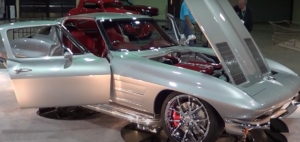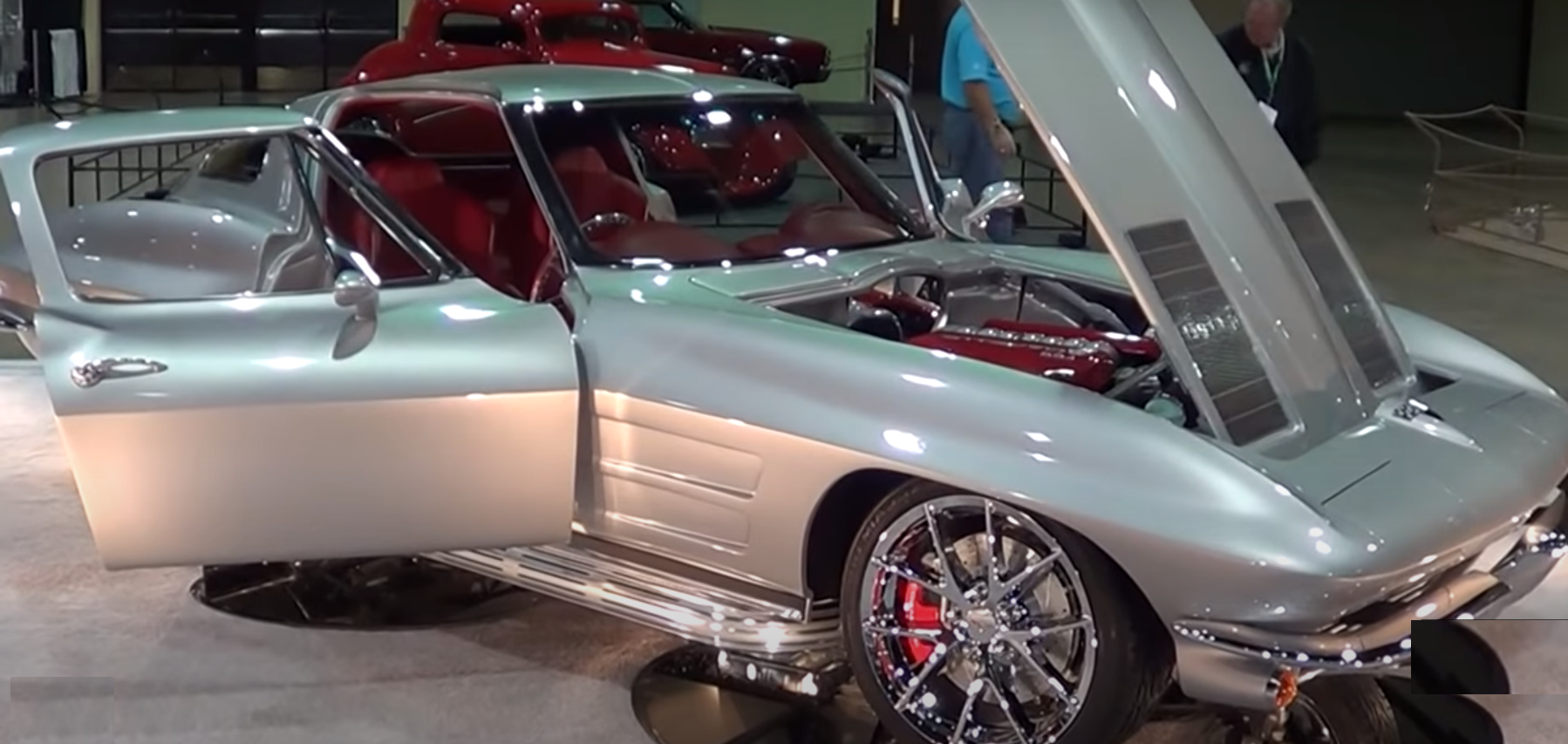In the annals of automotive history, few cars have left an indelible mark quite like the 1963 Corvette Sting Ray. Revered for its stunning design and groundbreaking features, the ’63 Corvette introduced a new era for America’s sports car. One aspect that often stands out in discussions about this iconic model is its split personality—combining raw power with refined elegance. In this review, we delve into the dual nature of the 1963 Corvette, exploring its distinctive features and why it continues to captivate enthusiasts more than half a century later.
Design and Aesthetics:
The ’63 Corvette is a visual masterpiece, with its sleek and aerodynamic lines setting it apart from its predecessors. The most striking feature is the iconic split rear window, a design choice that has become synonymous with the 1963 model. This bold styling decision gives the car a distinctive and aggressive look, simultaneously reflecting the spirit of the early ’60s.
The exterior is characterized by muscular fenders, a pronounced hood, and hidden headlights that lend an air of sophistication. The available color palette ranged from classic tones to vibrant hues, allowing owners to personalize their Sting Rays. The design, born from the mind of legendary GM designer Bill Mitchell, ensured that the ’63 Corvette would become an enduring symbol of automotive excellence.
Performance and Power:
Beyond its aesthetic allure, the 1963 Corvette is celebrated for its formidable performance. Under the hood, a range of engine options catered to diverse driving preferences. The base engine was a 327 cubic-inch V8, available in various configurations, each delivering a potent mix of horsepower and torque.

The ’63 Corvette was a true performer on the road and the racetrack. With an independent rear suspension system and a lightweight yet robust chassis, it handled corners with precision and offered a thrilling driving experience. The split personality of the Corvette revealed itself on the open road—a refined cruiser on one stretch and a roaring beast on another.
Innovation and Technology:
The 1963 Corvette wasn’t just a powerhouse; it was also a technological trailblazer. One noteworthy feature was the introduction of a four-wheel independent suspension system—a first for American sports cars at the time. This innovation enhanced the car’s handling, providing a smoother and more responsive ride.
Inside the cabin, drivers were greeted by a driver-centric cockpit, complete with bucket seats and a streamlined dashboard. The inclusion of modern amenities, such as air conditioning and power windows, added a touch of luxury to the driving experience. This juxtaposition of cutting-edge technology with classic design elements contributed to the Corvette’s split personality, blending the best of both worlds.
Legacy and Impact:
More than five decades after its debut, the 1963 Corvette Sting Ray continues to be a sought-after classic, a testament to its enduring appeal. Car enthusiasts and collectors alike recognize the split personality of this iconic model—a unique fusion of style, performance, and innovation.
Conclusion:
In the world of classic cars, the 1963 Corvette Sting Ray stands as a symbol of a bygone era, where automotive design and performance reached new heights. Its split personality, blending aggressive power with refined elegance, is a key factor in its timeless allure. Whether on display at a concours d’elegance or roaring down a scenic highway, the ’63 Corvette remains an enduring testament to the artistry and craftsmanship of a golden age in American automotive history.
